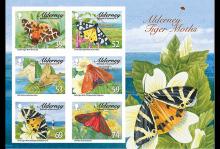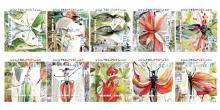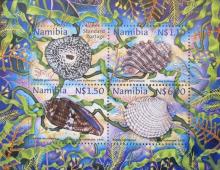The horrendous effects of pesticides on invertebrates
Nature magazine brings a chilling article on the horrendous effects of agricultural chemicals in pesticides on invertebrates and the soil. The key words: even at 'safe' levels. The results were drawn from several studies in different continents and reveal that in polluted areas, up to forty-two per cent of species were lost as a result of harmful chemicals. "Pesticides spark broad biodiversity loss", written by Sharon Oosthoek, tells a sorry tale of the effects of pesticides on biodiversity. The conclusion is that the use of pesticides has caused a sharp decline in the biodiversity of invertebrates living in streams. Studies carried out in Germany and France in Europe and in Australia showed a dramatic decline in species such as mayflies and dragonflies. Quoting he study published in the Proceedings of the National Academy of Sciences, Sharon Oosthoek went on to state some shocking details: the studies were carried out in 23 streams in Germany, 16 in France and 24 in Australia, classifying them in three categories: uncontaminated, slightly contaminated and highly contaminated. In the last category, there were up to 42% fewer species than those found in the uncontaminated group of streams in Europe, while the figure in Australia was a decrease of 27%. More seriously still, the article goes on to claim, the decrease in biodiversity occurred even at levels which scientists state to be "environmentally protective".










